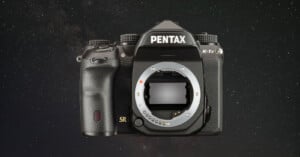
Pentax Adds Paid ‘Astrophotography Assistant’ Firmware for K-1 Series
Ricoh announced a new paid firmware expansion for the Pentax K-1 and K-1 Mark II cameras that will add three new functions aimed specifically at astrophotography.

Ricoh announced a new paid firmware expansion for the Pentax K-1 and K-1 Mark II cameras that will add three new functions aimed specifically at astrophotography.
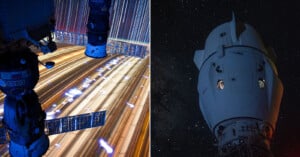
NASA astronauts Matthew Dominick and Don Pettit will discuss astrophotography online later today and take questions from viewers. Dominick will present from space, as the astronaut is currently aboard the International Space Station (ISS), adding a layer of intrigue to the class.
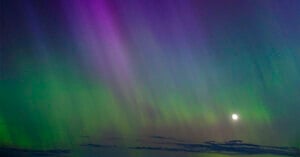
A possible geomagnetic storm is brewing and could bring beautiful Northern Lights displays to mid-latitude parts of the United States as early as tonight.
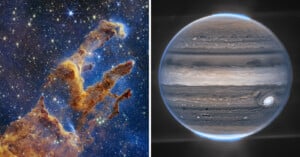
The James Webb Space Telescope just celebrated its second birthday, having started service on July 12, 2022. Here are Webb's 10 best photos so far to mark the occasion.
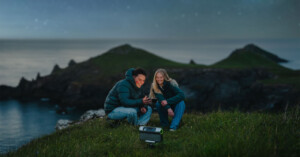
"Smart telescopes" are all the rage, thanks to the ease with which novice stargazers can use them to capture beautiful photos of the cosmos. However, they're often expensive. That's where Dwarflab's Dwarf 3 Smart Telescope comes in, priced at under $500.
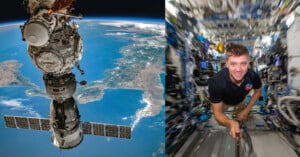
A NASA astronaut onboard the International Space Station (ISS) is taking a series of epic photographs and sharing the techniques behind them.
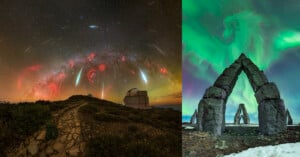
The shortlist for the Astronomy Photographer of the Year has been revealed with a hatful of spectacular celestial images picked from over 3,500 entries.
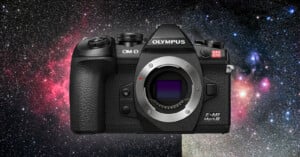
OM System quietly launched the E-M1 Mark III Astro in Japan this week, a camera that is nearly the same as the base E-M1 Mark III save for the infrared (IR) cut filter that allows 100% transmittance of Hα Radiation, allowing for the capture of vivid red celestial images.
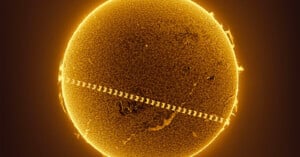
Astrophotographer Miguel Claro captured this magnificent image of the International Space Station (ISS) transiting the surface of the Sun in the blink of an eye.
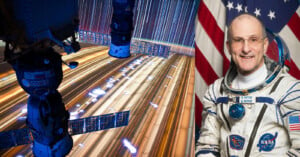
Not only will Don Pettit become the second-oldest NASA astronaut ever to visit space when he returns for his fourth mission in September, but arguably the best photographer to ever blast off into orbit will return to the International Space Station (ISS).
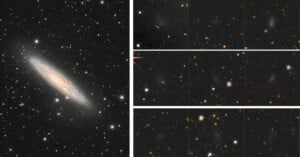
An amateur Italian astronomer discovered five dwarf galaxies, and they are now named after him.
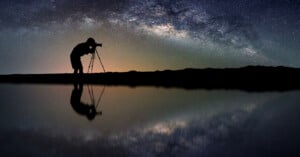
Astrophotographers ready yourselves: a planetary alignment involving Mercury, Mars, Jupiter, Saturn, Neptune, and Uranus will appear in the sky in the coming days.
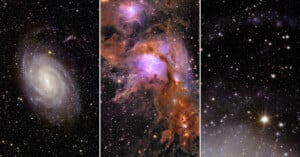
Nearly 10 months after its first successful test photos and six months after its first actual images, the European Space Agency (ESA) has finally released the first full-color science photos from its Euclid space telescope. The wait was worth it.
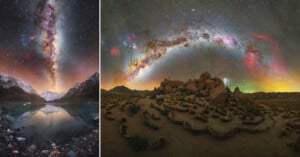
Capture the Atlas has revealed the 25 winners of the seventh annual Milky Way Photographer of the Year photo contest have been unveiled, showcasing the best Milky Way images from shooters all around the world.
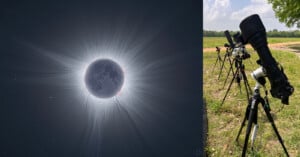
An astrophotographer was left to sweat on the weather after traveling some 5,000 miles from Portugal to Texas in a bid to capture a spectacular HDR image of the eclipse. But fortunately, it paid off.

Thanks to a historic geomagnetic storm last night, May 10th, people as far south as Florida had the chance to see auroras. For those who missed the dazzling light show for one reason or another, there is a second chance tonight, May 11th.
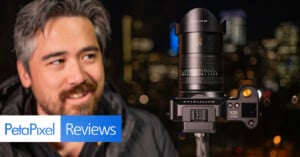
Hasselblad has introduced a new 25mm prime lens to add to its already crowded wide-angle assortment. I've reviewed the 30mm f/3.5, and Hasselblad also has 28mm f/4 and 21mm f/4 lenses. However, this new wide prime splits the difference and has an even brighter f/2.5 aperture.
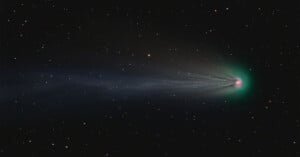
Norwegian astrophotographer Jan Erik Vallestad captured beautifully detailed photos of the city-sized comet 12P and, thanks to special image processing techniques, revealed a fantastic spiral formation surrounding the comet.
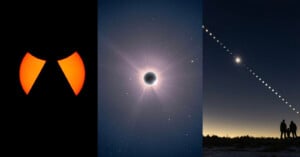
Total solar eclipses in North America are exceedingly rare and for those lucky enough to be in the path of totality for yesterday's eclipse it may be the only one they ever see in their lifetime.
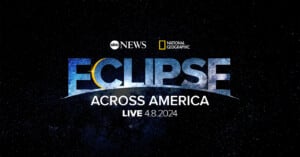
After years of anticipation, the 2024 total solar eclipse has finally arrived. Many millions of Americans will be in or near the eclipse's path of totality, ranging from Texas to Maine. However, hundreds of millions more people will have to find other ways to enjoy the celestial event. That's where ABC News and National Geographic come in with Eclipse Across America.
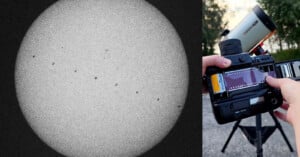
Astrophotography is hard enough as it is -- but one photographer makes it even tougher by capturing celestial events on 35mm film.
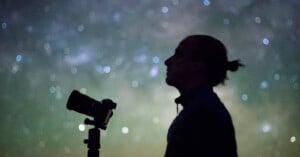
Gifted astrophotographer, author, and educator Alyn Wallace tragically passed away last week at the young age of 34.
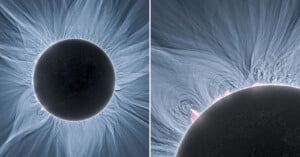
My Exmouth eclipse expedition could be a case study on the 'sunk cost fallacy' or proof that even blind persistence can pay off. Either way, it is a saga.
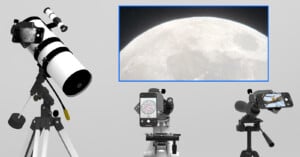
American company Turing has announced the world's first digiscoping iPhone adapter with MagSafe, enabling users to line up their iPhone camera, including the main or telephoto cameras, with a telescope or spotting scope. It's an accessible and affordable way to experience astrophotography at home.
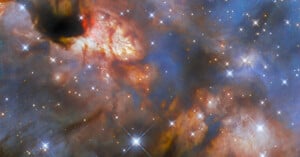
The Hubble Space Telescope (HST) has done it again, delivering a spectacular image of the cosmos that is a veritable smorgasbord of color and detail.
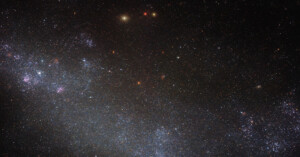
The Hubble Space Telescope's new Picture of the Week shows a remarkably dense field of stars. However, what at first glance looks like just a field of stars, spread somewhat irregularly through the frame, the photo shows a considerable portion of a galaxy.
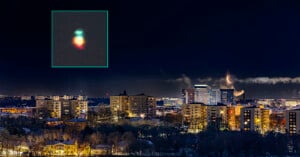
Swedish photographer and self-described amateur astronomer Peter Rosén witnessed a magnificent and rare sight in Sweden's night sky on January 8. While watching Venus rise above Stockholm's skyline, Rosén captured a colorful green flash around the planet.
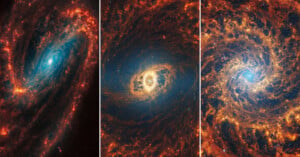
The James Webb Space Telescope captured images of 19 nearby spiral galaxies as part of its long-term Physics at High Angular resolution in Nearby GalaxieS (PHANGS) program.
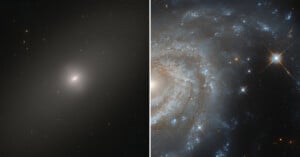
Not to be outdone by the James Webb Space Telescope and its beautiful new nebula image, the Hubble Space Telescope delivered a pair of fresh new space photos this week.
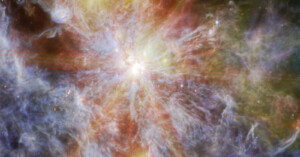
The James Webb Space Telescope set its sights on a region of ionized interstellar atomic hydrogen in the Large Magellanic Cloud (LMC) this week, delivering one of Webb's most colorful photos yet.